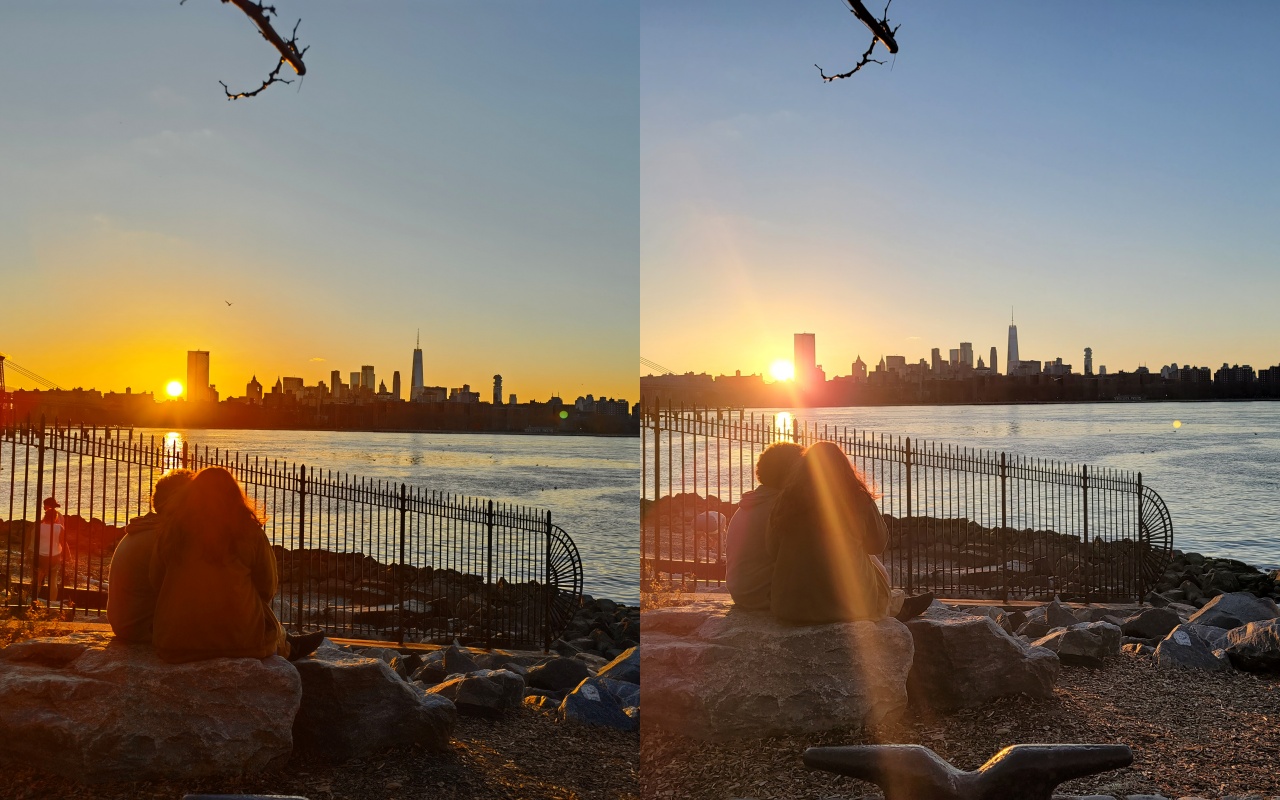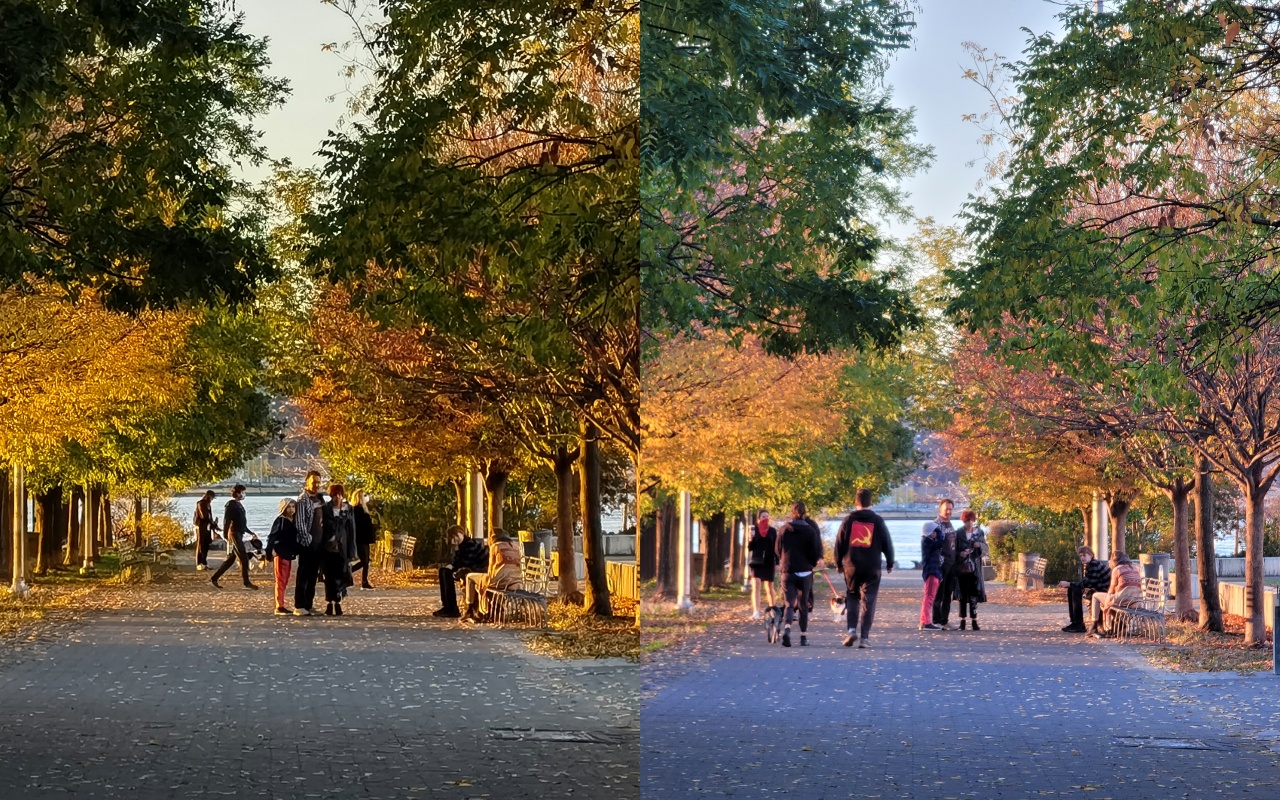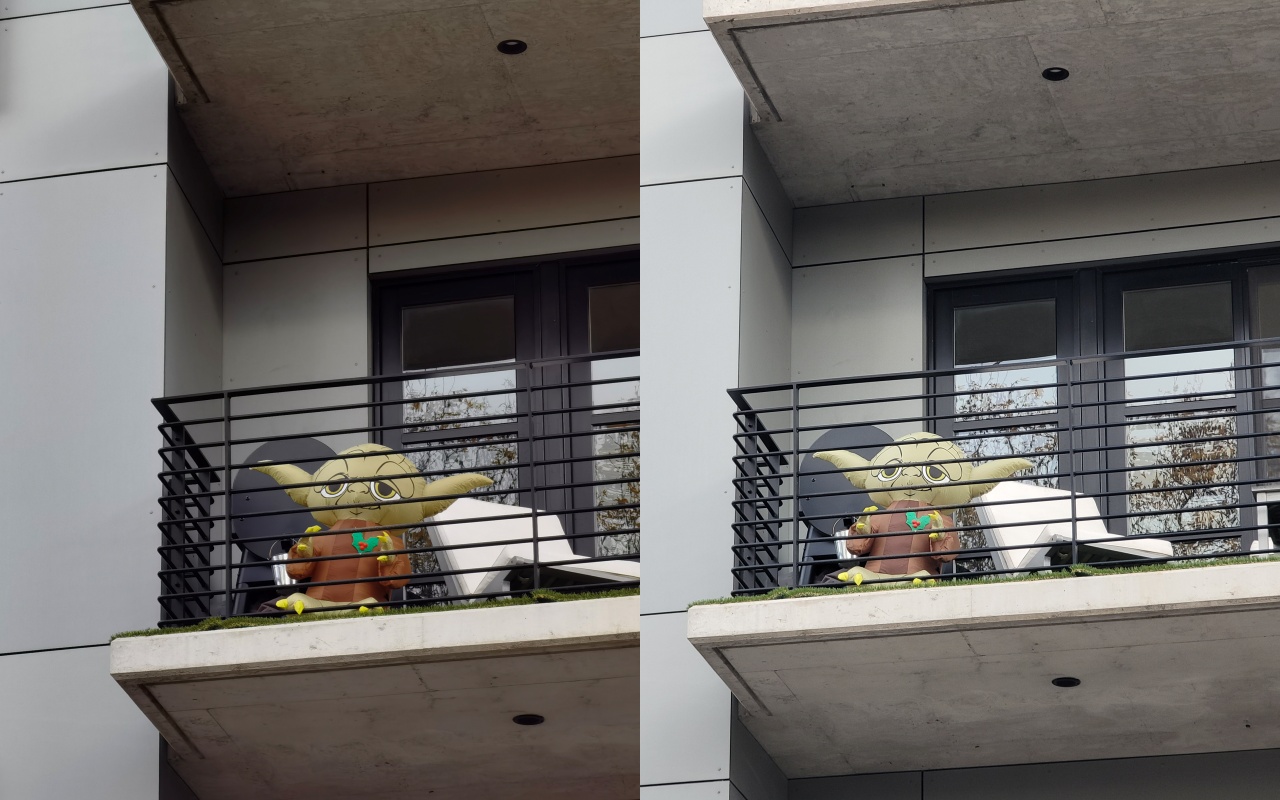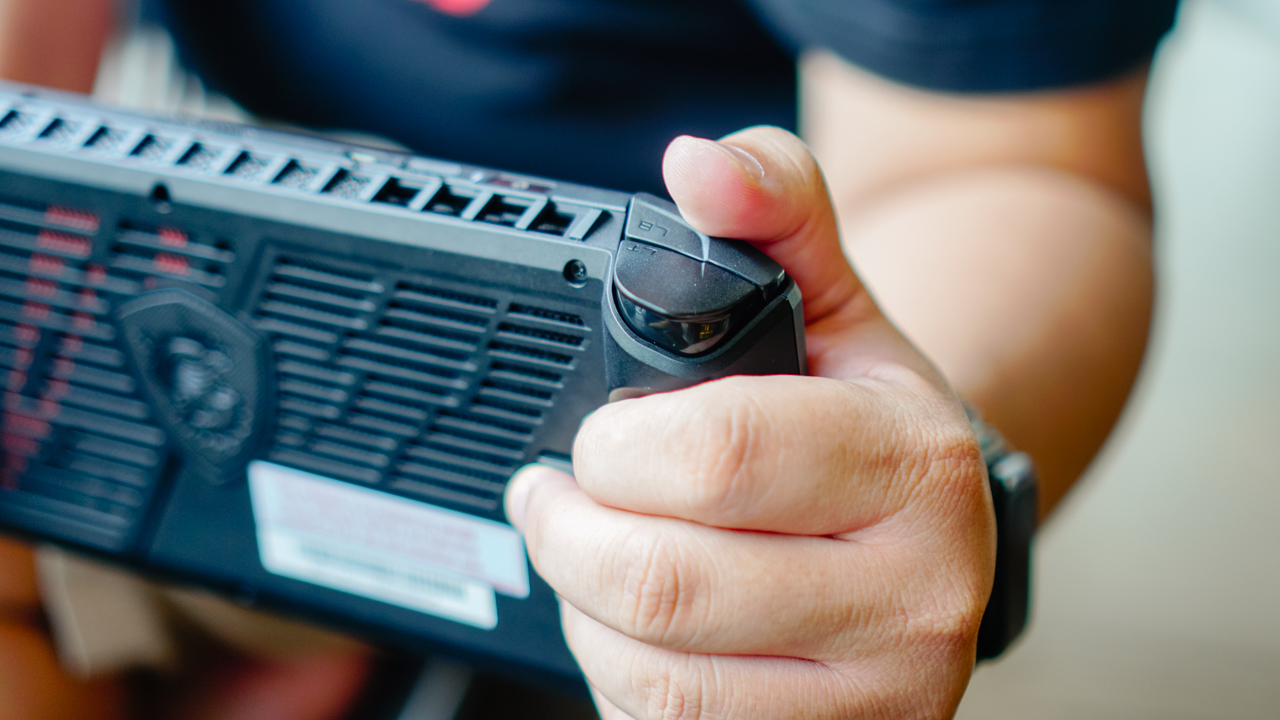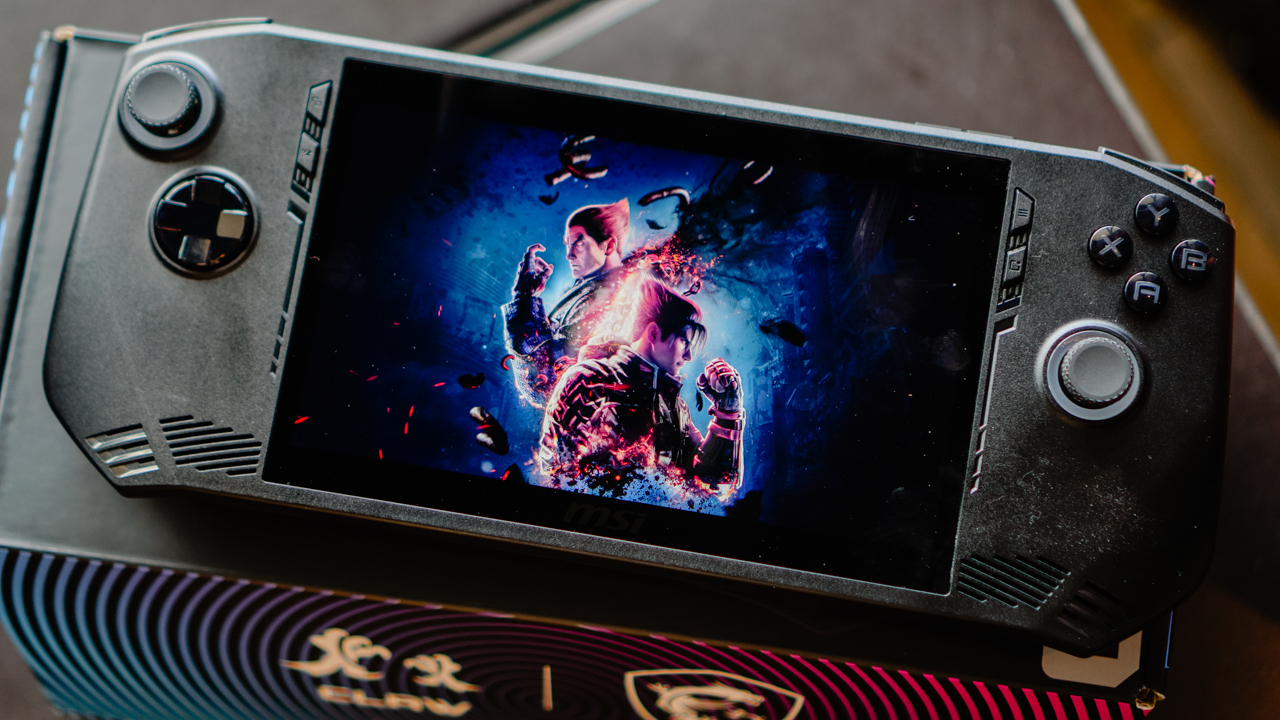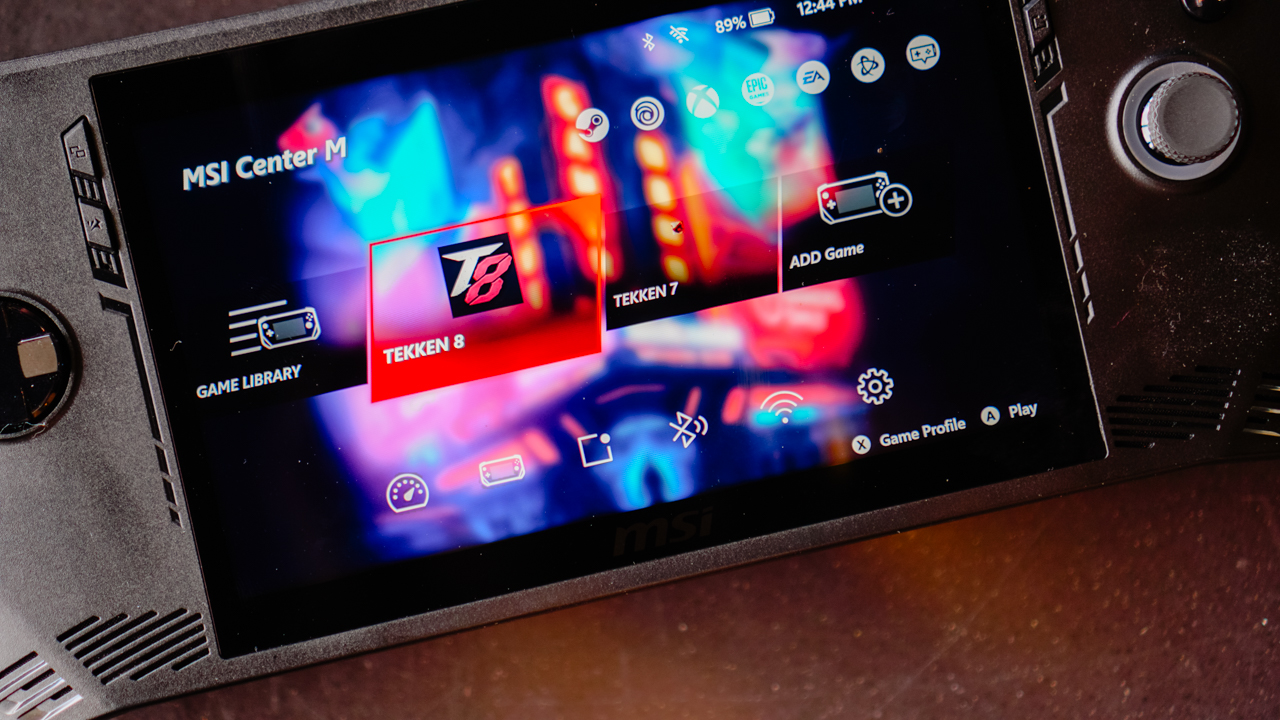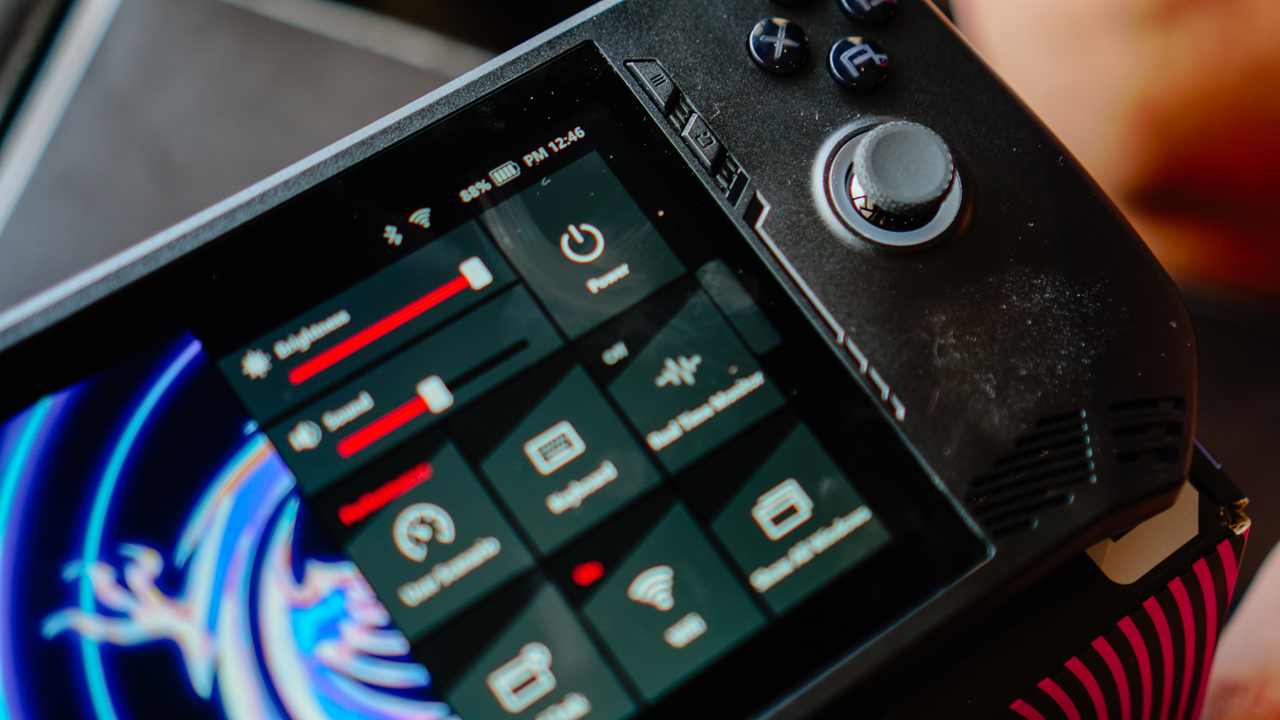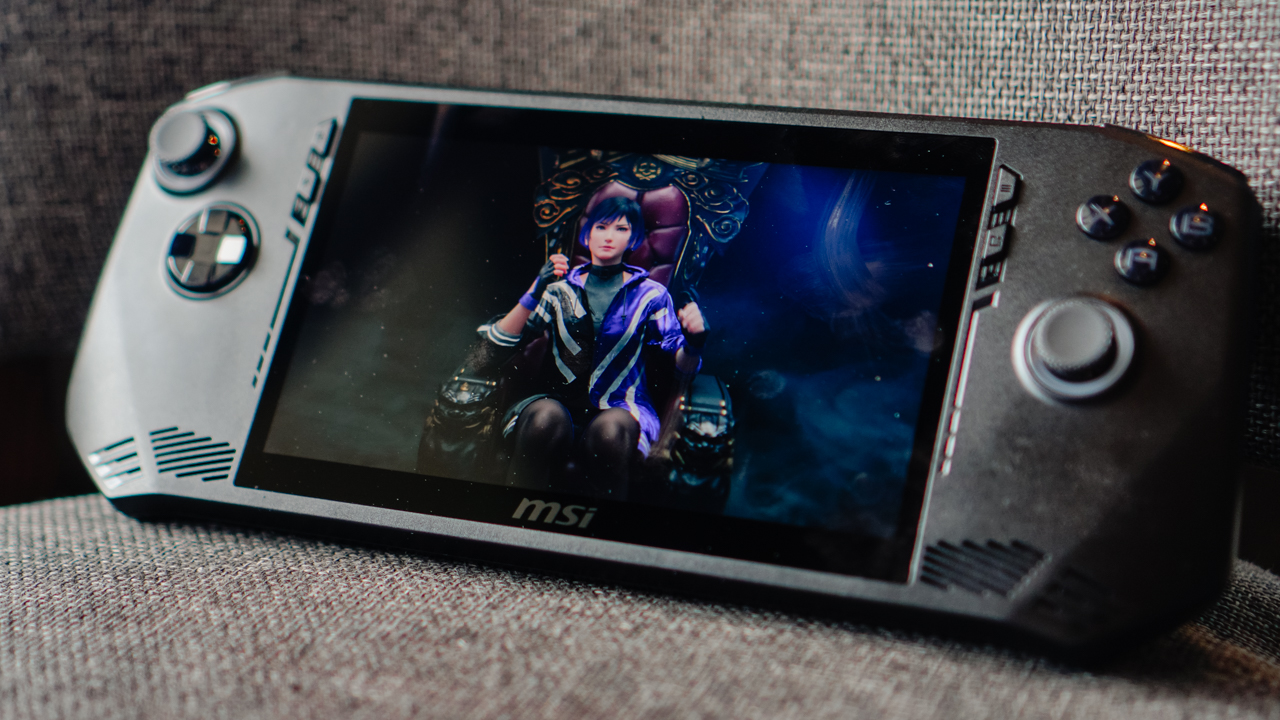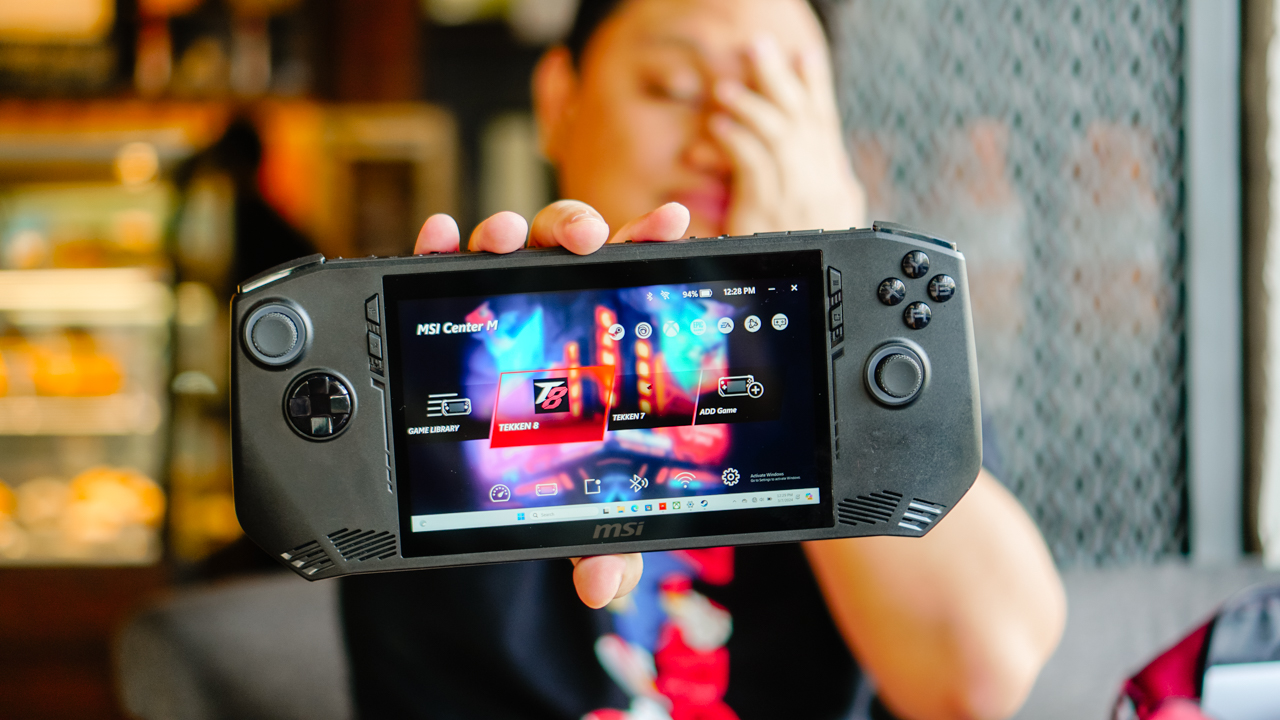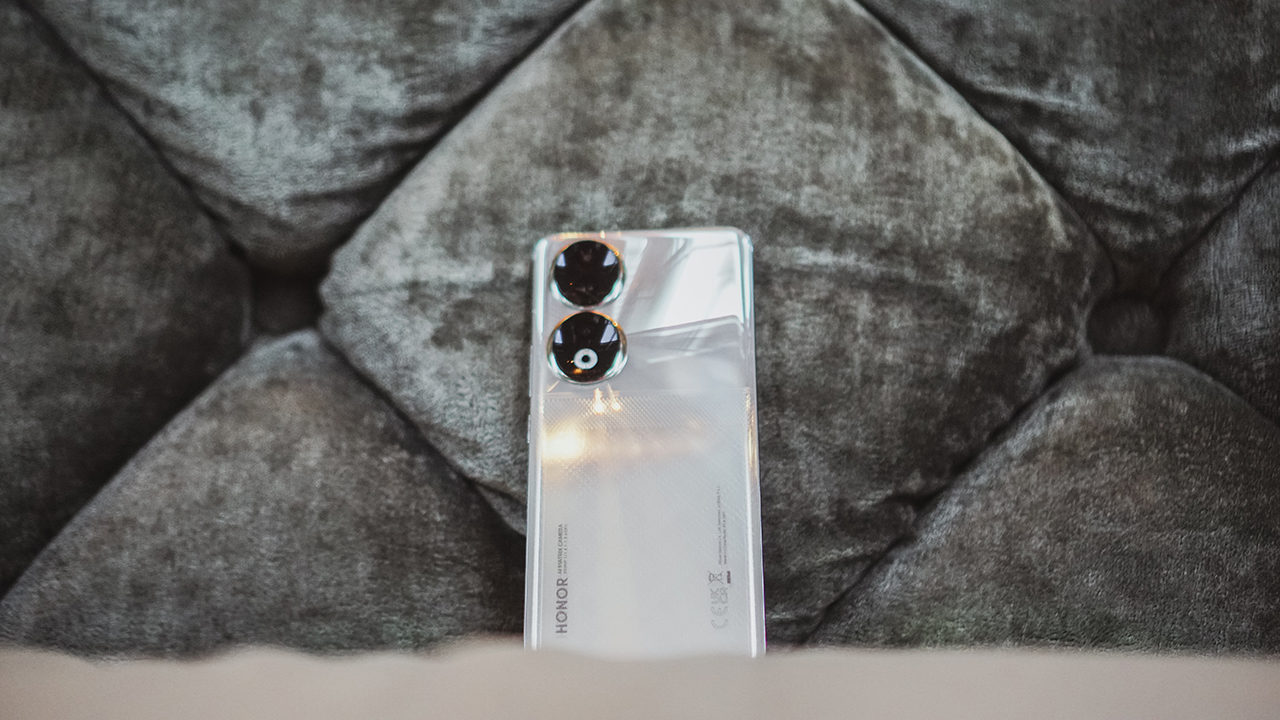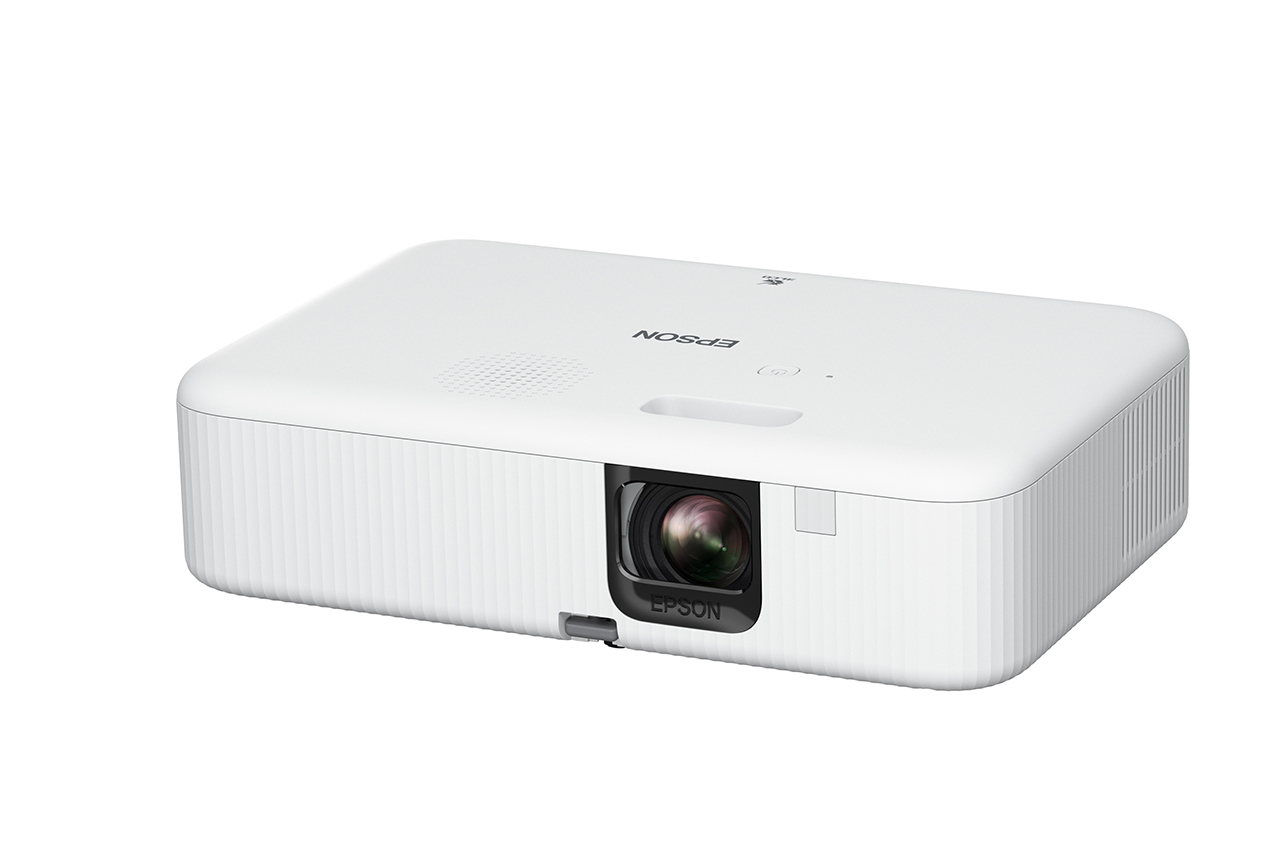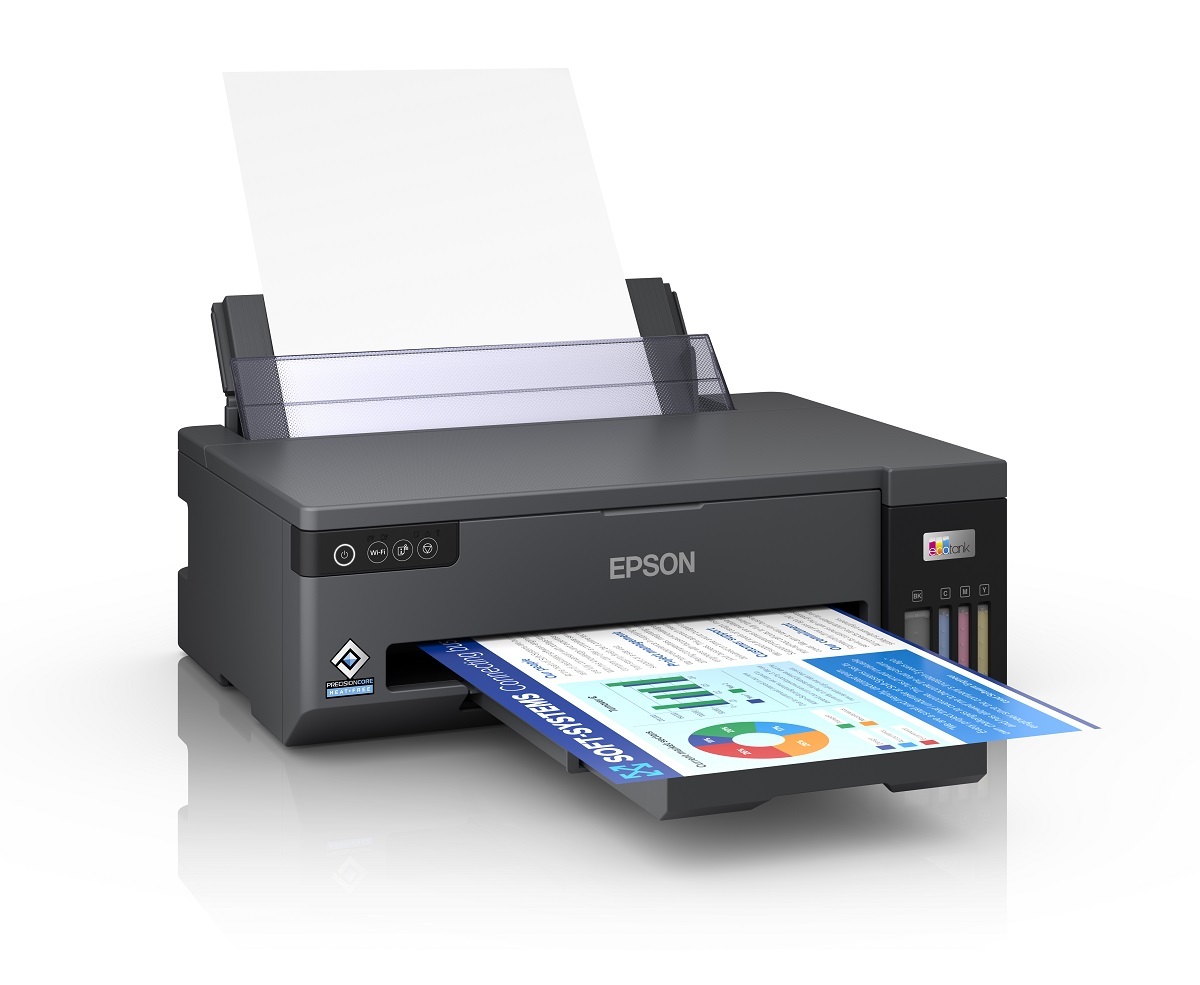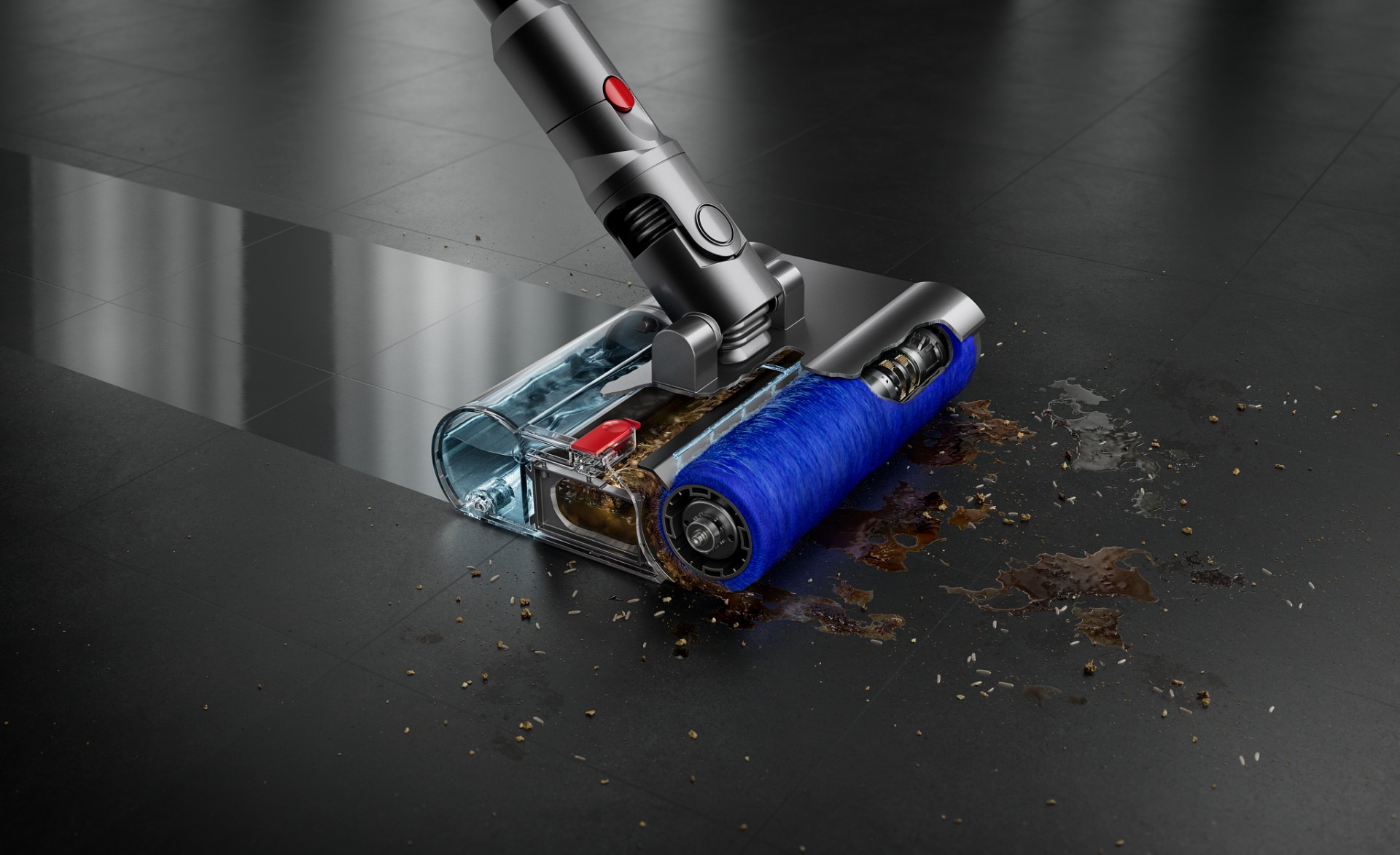
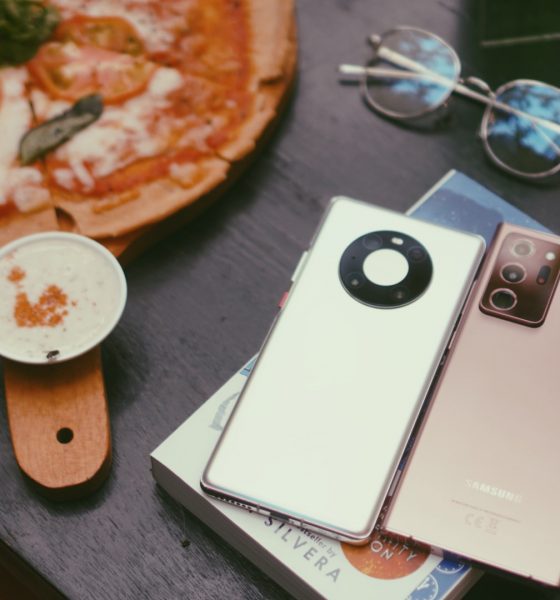
Features
Huawei Mate 40 Pro vs Samsung Galaxy Note 20 Ultra
An inevitable comparison between Android flagships
Two major flagships, one inevitable clash. This is our Huawei Mate 40 Pro vs Samsung Galaxy Note 20 Ultra 5G.
Let’s jump right in and see how these two stack on paper.
| Huawei Mate 40 Pro | Samsung Galaxy Note 20 Ultra | |
| DISPLAY | 6.76”
OLED, HDR10, 90Hz |
6.9”
Dynamic AMOLED 2X, 120Hz, HDR10+ |
| SoC + GPU | Kirin 9000 5G (5 nm)
Mali-G78 MP24 |
Exynos 990 (7 nm+)/ Qualcomm SM8250 Snapdragon 865+ (7 nm+)
Mali-G77 MP11/ Adreno 650 |
| RAM + ROM | 8GB + 256GB
8GB + 512GB UFS 3.1 |
12GB + 128GB
12GB + 256GB 12GB + 512GB UFS 3.0 |
| MAIN CAMERAS | 50 MP, f/1.9, 23mm (wide), 1/1.28″, 1.22µm, omnidirectional PDAF, Laser AF
12 MP, f/3.4, 125mm (periscope telephoto), PDAF, OIS, 5x optical zoom 20 MP, f/1.8, 18mm (ultrawide), PDAF |
108 MP, f/1.8, 26mm (wide), 1/1.33″, 0.8µm, PDAF, Laser AF, OIS
12 MP, f/3.0, 120mm (periscope telephoto), 1.0µm, PDAF, OIS, 5x optical zoom, 50x hybrid zoom 12 MP, f/2.2, 120˚, 13mm (ultrawide), 1/2.55″, 1.4µm |
| SELFIE CAMERA | 13 MP, f/2.4, 18mm (ultrawide)
TOF 3D, (depth/biometrics sensor) 4K@30/60fps, 1080p@30/60/240fps |
10 MP, f/2.2, 26mm (wide), 1/3.2″, 1.22µm, Dual Pixel PDAF
4K@30/60fps, 1080p@30fps |
| OS | Android 10, EMUI 11,HMS | Android 10, One UI 2.5. GMS |
| BATTERY + CHARGING | 4400mAh
Fast charging 66W Fast wireless charging 50W Reverse wireless charging 5W |
4500mAh
Fast charging 25W USB Power Delivery 3.0 Fast Qi/PMA wireless charging 15W Reverse wireless charging 4.5W |
Design
As with most phones in the same category these days, the gaps are narrow and the differences minute. Most of the time, it comes down to preferences. As beings who like to look and make initial assessments, how the Mate 40 Pro and the Galaxy 20 Ultra look will drive the decision between the two.
The smartphones we’re comparing today clash most in the looks department. The Mate 40 Pro, while the larger phone in Huawei’s two major flagship series, dwarfs in comparison to the Samsung Galaxy Note 20 Ultra.
The size makes the Galaxy Note 20 Ultra almost exclusively a double-handed phone. It’s difficult to use on one hand alone, unless you have unusually large hands. The camera module also protrudes so much that, uncased, it’ll be wobbly when set it down on a table.
Meanwhile, the Mate 40 Pro has a large display while still being welcoming to beings with a smaller pair of mitts. The camera module with its space ring design is distinctly Huawei Mate and does not protrude as much.
Both also come in new-ish colors with the Galaxy S20 Ultra coming in with the bronze finish and the Mate 40 Pro in Mystic Silver that will speak to anyone with a sleek style.
Overall Performance
This is one of those areas that are just too close to call. It’s a testament to how far mobile consumer tech has come. Throw any task at either of these phones and they’ll handle it like a champ.
One thing the Mate 40 Pro has going for it is that it’s performance will be consistent across the board no matter where in the world you get it. The same can’t be said for Samsung which ships the Note 20 Ultra with two processors — one Qualcomm and the other Exynos. Markets that get Exynos feel slighted. This isn’t an issue with the Mate 40 Pro that’s just Kirin 9000 5G through and through.
Exynos equipped Note 20 Ultras tend to heat up more when pushed to the brink. It’s a problem that has been historically associated with the chip. Hopefully, Samsung is able to fix it in the next iteration.
Meanwhile, the Kirin 9000 5G is just an absolute workhorse that gives you a performance that’s undeniably flagship-level. Switching from one app to another is seamless, refresh rate is fast, and your overall interaction with the device will just be a breezy and smooth experience.
This also means a variance in overall battery life. Power management doesn’t rely solely on how many mAh the phone is equipped with. The processor does a lot of heavy lifting in this department as well. In our usage, you’ll feel more at ease if you forget to charge the Mate 40 Pro overnight vs the Galaxy Note 20 Ultra.
More on juicing up the devices, the Mate 40 Pro edges the Galaxy Note 20 Ultra here by a mile thanks to its support for 66W SuperCharge.
Software
With the Mate 40 Pro relying solely on Huawei Mobile Services (HMS), it’s easy for most people to assume that the Galaxy S20 Ultra will wipe the floor with the Mate in the software department.
Huawei has done a marvelous job in just a year to get developers on board and make plenty of apps available on their phones via the App Gallery and Petal Search.
EMUI 11 and ONE UI 2.5 also comes down to preference. In terms of default aesthetics, ONE UI might look cleaner but it also offers less customization. If you’re the type who really wants to make their device feel like their own, you’ll have a field day with EMUI 11’s wealth of customization options.
The ability to personalize what appears on the Eyes On/Always On display, the massive number of themes, and even the option to choose what shows up on screen while it’s locked all help make the Mate 40 Pro truly feel like your own.
Videography
As professional video-makers, we’ll always prefer to use our mirrorless cameras to make our stuff. However, not everyone does what we do for a living. For most people, they just want to document life’s moments.
The Galaxy Note 20 Ultra’s biggest feature to this end is Single Take which was introduced in the Galaxy 20 Series. It essentially captures a moment in various ways. It sounds great on paper but is mostly gimmicky in practice.
Meanwhile, the Huawei Mate 40 Pro made improvements on already existing features. If you’re gonna go into vlogging with the Mate, the selfie camera has plenty of shooting capabilities to enhance this experience.
They added a host of new vlogging solutions like AI tracking and Audio Zoom to help you capture your subject better both in video and audio. If you’re shooting something fast-paced, there’s Super motion image stabilization to help you get a good shot, and if you need to whip up something quick, there’s Vlog story made that takes dramatic shots for you — all you need to do is point and shoot!
Want to up the quality? The Mate 40 Pro’s selfie video can now take 4K at 60PS. You can even take Slow Mo videos with it for even more dramatic effect.
Huawei also took extra time to add other helpful features that are part of their whole Cine Camera approach. For instance, both the front and back cameras are HDR-capable and have fantastic video stabilization.
Another thing that sets the Mate 40 Pro’s shooting capabilities apart is the dual-view feature. You can shoot from the front and rear cameras simultaneously. It opens the possibilities for plenty of creative shots.
As far as quality and stabilization goes, we’ll leave the assessment to you with the videos below. Bare in mind, these were edited down to 1080P 30PS for faster processing. No other edits were applied.
Huawei Mate 40 Pro
Samsung Galaxy Note 20 Ultra
Main cameras
Now onto everyone’s favorite — photo comparisons. People like to have fun with these, dissecting every detail, composition and color reproduction. It’s understandable given how plenty of us still live out some version of our lives on social media where we can’t help but our best foot forward.
To make the comparisons easier for everyone, all the photos on the left side were taken with the Huawei Mate 40 Pro while those on the right side were taken with the Samsung Galaxy Note 20 Ultra.
The photos are untouched save for being resized and collaged all for your convenience.
1X-HDR
The one obvious difference in the photos above is how the Galaxy Note 20 Ultra photos tend to highlight even the really darker areas in certain scenes. It’s not a faithful reproduction of the scene but is a little more social media ready.
If you’re a fan of warmer tones, that seems to be where the Mate 40 Pro shines. Plus it really made that damn juicy burger look super appetizing.
5X Zoom
Taking closer shots from afar this time at 5X Zoom, again the difference is pretty apparent. The Mate 40 Pro produces warmer shots while the Galaxy Note 20 Ultra tends to crank up the highlights more than necessary.
A closer look will also show that the Mate 40 Pro does a better job at retaining a bit more detail.
10X Zoom
10X Zoom appears to produce images similar to 5X Zoom. Warmer and more detail with the Mate 40 Pro.
Portrait
This one’s almost pretty darn even. If you want that creamy bokeh look for your profile image, both phones do a fantastic job of applying separation between the subject and the background.
The key differentiator, again, is the color reproduction. The Mate 40 Pro is more faithful to the actual colors of the scene vs the Galaxy Note 20 Ultra.
Selfie
The roles reversed a little here with the Mate 40 Pro applying more highlights than the Galaxy S20 Ultra. This is a default on most Huawei phones and works really well in low-light scenarios.
Ultrawide angle
We’re back to the rear cameras and the ultrawide angle lenses of the two tell mostly the same tale — warmer shots for the Mate 40 Pro and higher highlights and whites on the Galaxy Note 20 Ultra.
But overall, ultrawide angle shots taken on both have no noticeable distortion which is a win for us all.
Which one is your GadgetMatch?
At the end of the day, the choice is up to you and what you ultimately value. This comparison was pretty close with the primary differentiators being the size and design, image reproduction, and overall access.
Oh right. Pricing. The Huawei Mate 40 Pro retails for PhP 55,999 while the Galaxy Note 20 Ultra will set you back at a maximum of PhP 72,990.
This feature is a collaboration between GadgetMatch and Huawei Philippines

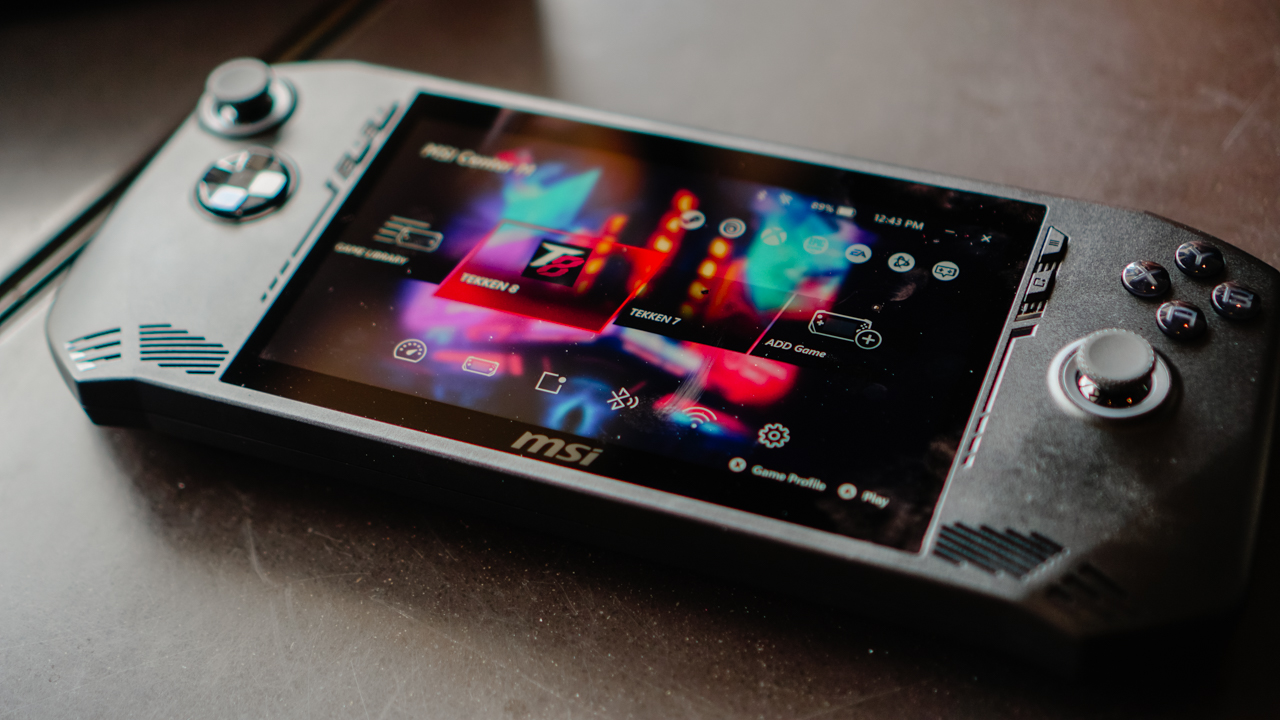
The MSI Claw is the latest gaming handheld from a major PC and laptop brand. The competition in this emerging gadget segment is tighter than ever. So, what is it about the MSI Claw that can scratch your gaming itch? Here’s a quick list.
Best grip in the game
One quick glance and it’s hard not to compare the claw with another popular gaming handheld. But a closer look and actually holding the thing will reveal that its grip easily feels better.
It has a slightly deeper groove that makes it easier to hold. So, MSI’s “Grip and Game” tagline isn’t all talk. Its design truly does provide one of the better feeling handles among its competition.
The overall design makes sure it’s made for extended gameplay sessions. The buttons are where you expect them to be. That includes the four mini buttons on the upper edges of the screen. These are the View, MSI Center M, Menu, and Quick Settings buttons.
In addition, the face buttons and d-pad all feel great. The face buttons, in particular, feel comparable to those of regular console controllers.
The rest of the buttons and triggers have a very satisfying tactile feel. It also uses Hall Effect technology to get rid of any stick drift issues.
Up top, you’ll find the power button, MicroSD Card slot, Thunderbolt 4 USB-C port, audio jack, and the volume buttons. These are intuitively placed and just makes sense given the overall design approach.
As cliché as it sounds, you’ll really think you got your money’s worth once you hold, touch, press, and grip the MSI Claw.
Dragon Vision
Now, MSI isn’t really calling it that but I thought it sounds pretty cool. A big part of the whole gaming experience is the display. Balancing resolution and frame rates is always tricky but the MSI Claw does it convincingly.
With this gaming handheld, you get a 7-inch display with a 120Hz refresh rate. Looks great on paper and it’s even better in real life. It’s the sweet spot in terms of both size and performance. There’s enough here to immerse you all while delivering a satisfying level of crisp and smoothness.
It’s comfortable to view whether you’re on the couch, on a desk table, or lying down getting a quick game in before you get some shut-eye.
Battery Life
At 53Whr, the MSI Claw has a 36% larger battery capacity than its contemporaries and promises 50% more play time.
MSI claims “elevated performance with extended endurance” using the Claw with faster charging capabilities.
These percentages are hard to measure in real life usage. What we can say for certain is that you get the expected performance and playtime typical of a handheld. That’s a little under two hours for graphically demanding titles, and close to four hours on less demanding ones.
The charging claim is legitimate. The MSI Claw juices up faster than most other handhelds, going from 20% to 100% in about a little over a K-Drama episode (roughly a little over an hour).
MSI Center M
Any self-respecting gaming handheld has its own software to make navigating the thing more manageable. While its direct competitors have an armoury crate and a space, MSI went with Center M.
The best part about MSI Center M is it puts your installed games front and center. Right when it launches, you get immediate access to the titles you have available on your machine.
MSI Afterburner is already the most commonly used app for taking a look at how your machine is performing while you play. That functionality is built-in to the MSI Claw. You can access it view the Quick Settings buttons.
Layout and functionality-wise, the MSI Center M is certainly one of the better Gaming Handheld softwares available right now.
Competitive Performance
A defining trait of the MSI Claw is that It’s the first gaming handheld to be powered by Intel Core Ultra. With it comes Intel XeSS tech. What it does is leverage AI upscaling to boost the fps of select titles.
As of launch, 50 notable games are supported. That number will certainly grow throughout the device’s lifespan. Some of the titles include Hi-Fi Rush, Dying Light 2, Forza Horizon 5, Call of Duty Warzone 2.0, Returnal, and many, many more.
Naturally, results will vary depending on the game mode you’re using. But in general, AAA games get anywhere between 10% to 45% better frame rate performance with Intel XeSS.
For our part we played TEKKEN 8 and the recently launched Horizon Forbidden West. Both graphically demanding games played relatively well on the MSI Claw. Frame rate performance on TEKKEN 8 is crucial and we got a relatively consistent fps, never dropping below 40.
Horizon Forbidden West is a much more graphically demanding game. We were able to run it in Medium Settings and while it doesn’t look as incredible, it still played relatively well with a frame rate surprising for a gaming handheld.
Extras
MSI made sure that if you wanted to, you could get some extra stuff with the MSI Claw. Its separately sold accessory set includes the Claw Travel Case, Nest Docking Station, Claw Lanyard, and Claw Keychain.
On paper, the MSI Claw lists its ergonomic design, AI Engine, and App Player as distinct advantages over its competition.
Whether it’s the Gaming Handheld that matches your needs is still ultimately up to you. If you have the opportunity to test drive the device, we suggest you do so. That might just solidify your purchase decision.
Price and availability in the Philippines
The MSI Claw will be available in three configurations in the Philippines. There are priced as follows:
MSI Claw A1M-075PH (PhP 45, 995).
- Intel® Core™ Ultra 5 processor 135H
- 512GB NVMe PCIe Gen4x4
- LPDDR5 16GB, dual channel
- Intel® Arc™ Graphics
Claw A1M-076PH (PhP 50, 995).
- Intel® Core™ Ultra 7 processor 155H
- 512GB NVMe PCIe Gen4x4
- LPDDR5 16GB, dual channel
- Intel® Arc™ Graphics
Claw A1M-077PH (PhP 53, 995).
- Intel® Core™ Ultra 7 processor 155H
- 1TB NVMe PCIe Gen4x4
- LPDDR5 16GB, dual channel
- Intel® Arc™ Graphics
Ongoing Promotion
You can still get your own MSI Claw with exclusive bundled freebies 𝐄𝐗𝐓𝐄𝐍𝐃 until 𝐀𝐩𝐫𝐢𝐥 𝟑𝟎, 𝟐𝟎𝟐𝟒!
This feature article is a collaboration between GadgetMatch and MSI Philippines.

I’ve got a new favorite pair of headphones.
They look good, sound good, last long, are compact and portable.
Most of all? They are from a brand that I truly love.
But I’m getting ahead of myself.
Here’s are V Major reasons why I love the new Marshall Major V!
Features
Fortify your home office or business setup with these devices
For the work-from-home go-getters

If the 21st century taught us something, it’s that fad trends don’t last but legitimate ones stick.
The concept of working from home is an idea deemed impossible before. Thanks to technology, though, it has become a practical alternative for professionals nowadays.
The pandemic magnified its potential even further over the past few years. Working or managing small businesses from your own place has proven to be convenient. It saves you time and money from having to commute or travel to a traditional workplace. It’s also easier to communicate nowadays with various devices and apps. Even ordering food or sending something somewhere has also become a breeze with transport apps.
It’s a trend that won’t go anywhere. For those planning on sticking to staying at home, these devices will give them enough leverage for a “future-proof” setup at the comfort of their own spaces.
Laptops
You cannot go wrong with the Lenovo Yoga laptops. They’re versatile and powerful, and should serve more than enough for light to medium tasks and overall productivity.
They’re powered by Intel Core processors and have ample memory and storage for multitaskers. Yoga laptops also have OLED screens for a crystal-clear view.
For the more budget-conscious professionals, the ASUS Vivobook line is very reliable for most office work software and basic multimedia needs. They come with powerful processors as well, and a multitude of features for your needs.
Of course, the MacBook Air with Apple Silicon is a go-to choice for those inclined on getting Apple devices.
Smartphones
If you’re the ultimate workhorse, the Samsung Galaxy Z Fold5, OnePlus Open, and OPPO Find N3 are among the best recommendations.
Although they come with higher price tags, these devices ensure that you will have a smooth and seamless experience on your fingertips, whether it’s taking and editing photos, going on quick video calls, or organizing documents and other files.
There are also all-rounders like the HONOR 90 5G, OnePlus 11, and OPPO Reno10 Pro and solid mid-rangers like the POCO M-Series, Redmi Note series, and realme’s numbered series.
These more affordable phones can still deliver what is expected of them, especially for those who simply need a phone to aid them but do not necessarily have to literally rely on it for everything.
Epson CO-FH02 projector
It doesn’t hurt to have an extra screen at home. For those looking to consume digital content on a bigger scale, the Epson CO-FH02 projector provides an expansive view. This versatile lifestyle device can also be a realistic backdrop for presentations or livestreams, instead of just merely sharing the screen.
What’s great about the award-winning projector is it beams full HD resolution images, up to 3,000 lumens of brightness, and up to a 391-inch size. It suits many different scenarios and complements your space.
There’s also a handful of connectivity options for different devices. What’s great about the CO-FH02 is it has an Android TV 2 Dongle and Chromecast built-in. The dongle enables wireless connectivity, while Chromecast built-in technology lets you stream content right from the projector, making the viewing experience a breeze, minus all the annoying cables and wires. It’s surely a reliable tool to have, and doesn’t break your wallet.
Epson L11050 Printer
Meanwhile, the Epson L11050 Printer is an excellent choice for both small business owners or those simply needing important files to print. Unlike ordinary printers, the Epson L11050 can print documents up to the A3+ size, giving the printer a distinct advantage over other models.
The printer has a page yield of up to 4,500 pages for black and 7,000 pages for colored. It delivers fast and high-quality printing of up to 30 pages per minute in black and white and 20 for colored. Moreover, it has a large, 100-paper capacity so users won’t have to open it often to refill sheets. Users may also connect wirelessly using the Epson Smart Panel app for a more efficient printing process from your device.
Aside from the convenience it offers in delivering its purpose, the ink tank printer also contributes to a more sustainable world. It is powered by Epson’s Heat-Free Technology for lower energy consumption and lower carbon emission. And with Epson’s EcoTank technology, business owners will also simply have to refill the containers instead of disposing of cartridges. The spill-free process not only saves them operating costs, but makes the printer a sustainable choice as a result.
Epson DS-C330 Scanner
To complete your Epson setup, the Epson DS-C330 Scanner is a portable sheet-fed document scanner that is an absolute space-saver.
One simply has to insert the document they need scanned and the tool will do its work in just a few seconds. The scanner can work on hardcopy files up to legal paper size, even envelopes, IDs, and passports. It has a fast and efficient scanning rate of up to 30ppm and 60ipm, respectively.
It also comes with Vertical Path and Straight Path scan modes too. This means users can seamlessly select between the path modes so the scans come up desirably. With wireless connectivity, files can be saved instantly too. That saves time for uploading documentary requirements or helping customers save their own copies.
As the DS-C330 is also made from up to 34% recycled plastic, you are assured that you are minimizing environmental impact. It is the sustainable choice as far as scanners are concerned.
acerpure Cozy F1
Of course, where there is work, there should also be comfort. The acerpure Cozy F1 is a space-saving modern air circulator that uses an energy-efficient DC Motor and 3D AirFlow technology.
It has 12 touch-activated speed settings, and can project air for up to 15 meters away so it can reach every corner of a large room.
It’s also low-noise so users do not have to worry about getting distracted or bothered when keeping it cool and focusing on their everyday tasks.
Dyson V12s Detect Slim Submarine
After a day’s worth of hard work, it’s ideal to keep your workplace clean. Not only does it reflect yourself, but having a space that’s conducive for productivity always gives you the extra edge.
With the Dyson V12 Detect Slim Submarine, users get a compact and powerful stick cleaner that washes floors and surfaces from start to finish, using clean water.
The tool’s advanced vacuum system allows it to intelligently pick up dust and other debris. The multi-stage filtration system, meanwhile, ensures that even the smallest particles get picked up, leaving your spaces clean and healthy.
-

 Accessories2 weeks ago
Accessories2 weeks agoApple Vision Pro Review: Two Months Later
-

 Features5 days ago
Features5 days agoFortify your home office or business setup with these devices
-
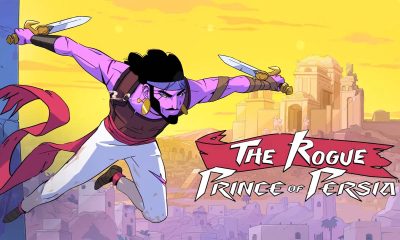
 Gaming1 week ago
Gaming1 week agoThe Rogue Prince of Persia looks like an ultra-colorful roguelite
-

 Philippines2 weeks ago
Philippines2 weeks agovivo Y100 to release in Philippines on April 27
-

 Gaming1 week ago
Gaming1 week agoStar Wars Outlaws release date revealed
-

 Events1 week ago
Events1 week agoStellar Blade: PlayStation taps cosplayers to play Eve for game’s launch
-

 Accessories1 week ago
Accessories1 week agoLogitech unveils G Pro X 60 gaming keyboard: Price, details
-

 Deals2 weeks ago
Deals2 weeks agoSamsung Awesome April: Deals on Galaxy A series









